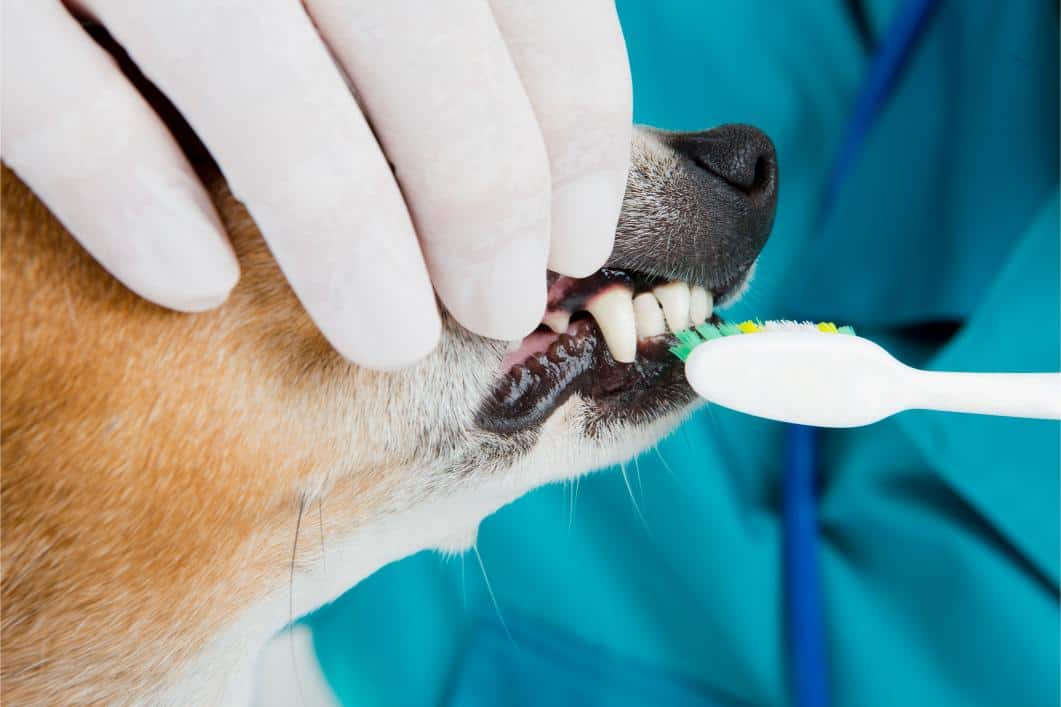3 Reasons Why Your Pet Needs A Dental Check Up

Even though most pet owners know the benefits of brushing their pet’s teeth, the task may fall to the bottom of the priority list as time goes on. That all changes, however, when it becomes obvious that something’s going on inside a pet’s mouth. For starters, bad breath is typically the first red flag that a pet needs a little extra help. Changes to the routine at home, paired with regular cleanings under anesthesia, can limit dental disease and promote overall wellness.
Why This Matters
An adherence to pet dental care not only curbs foul-smelling breath, but reduces the chances of systemic illness, pain, and lower quality of life. While it is progressive and irreversible, dental disease can be prevented with routine care. Even if you’ve never brushed your pet’s teeth or supplied products designed to reduce plaque and tartar, it’s not too late to get started.
3 Reasons for a Check Up
If you see any of the following red flags, we urge you to schedule an exam for your pet:
- Yellow or brown teeth: Indicative of plaque and tartar accumulation, discolored teeth should inspire quick action. Allowing this without veterinary intervention will almost certainly result in further decline and pain.
- Dropping food: Pets with dental disease have a hard time chewing because it hurts. If you notice a sudden or uncharacteristic disinterest in their food, it’s a good idea to schedule an appointment. Dropping food or chewing only on one side of the mouth could be a sign that a pet needs a checkup.
- Bad breath: Halitosis is caused by oral bacteria in the mouth, and is generally viewed at the first stage of periodontal disease. Don’t allow this to continue unchecked; with a cleaning and routine care at home, a pet’s bad breath can be effectively treated.
Keeping a Pet’s Teeth Clean
Ideally, a pet’s teeth are brushed every day as part of a preventive routine. However, even weekly or monthly brushing is better than nothing. Owners can slowly and positively introduce the experience of brushing until their pet shows total acceptance. This can take time, but if sessions are kept short and immediately rewarding pets are more likely to adjust without much resistance.
Other ways to keep a pet’s teeth clean include dental chews, treats, rinses, water additives, and wipes. Check out this list of approved products that have earned the Veterinary Oral Health Council’s seal.
Professional Intervention
At your pet’s routine wellness exam, a quick look inside the mouth can reveal the general health of the teeth and gums. If there is any evidence of plaque and tartar, a professional cleaning under general anesthesia is typically recommended. Digital X-rays can help veterinarians understand the extent of any damage caused by periodontal disease and develop a treatment plan that may involve antibiotics, tooth extractions, and pain medication.
Pet Oral Hygiene
If you have questions about our dental procedures, please give us a call at (805) 957-7387. Our staff is always here to assist you at Western Veterinary Center.
